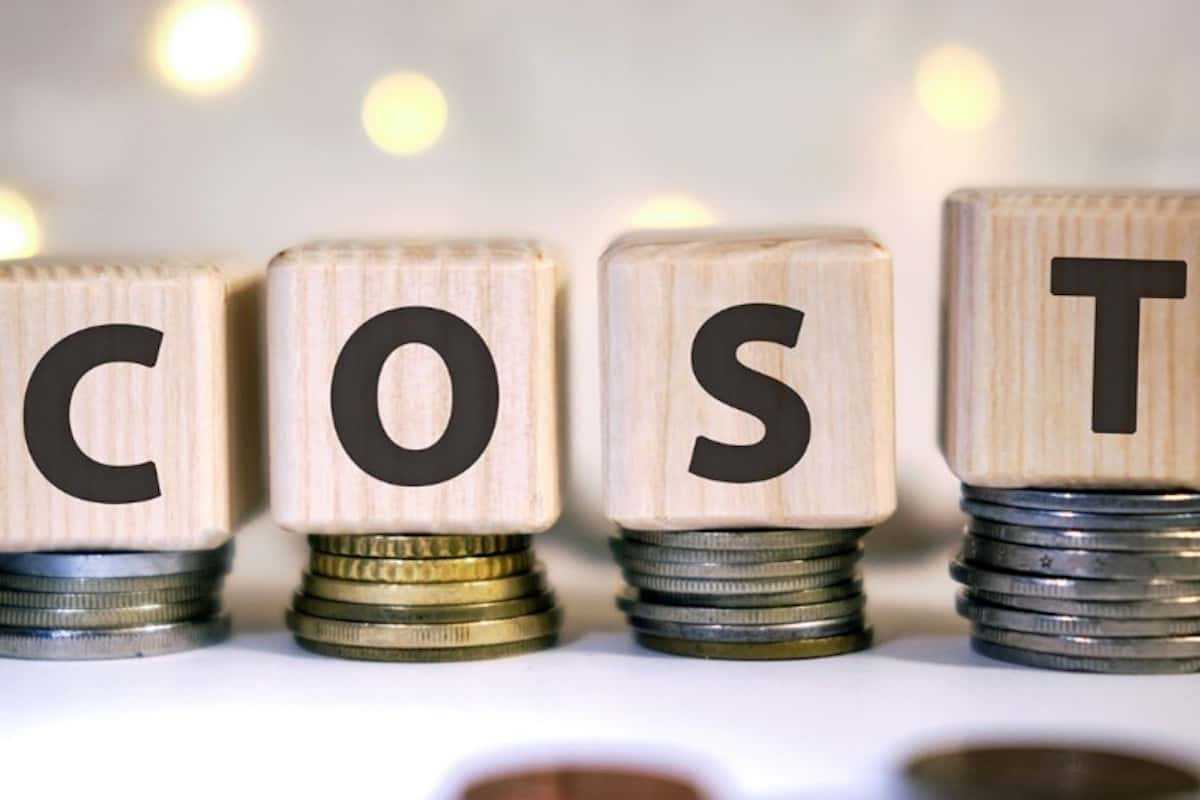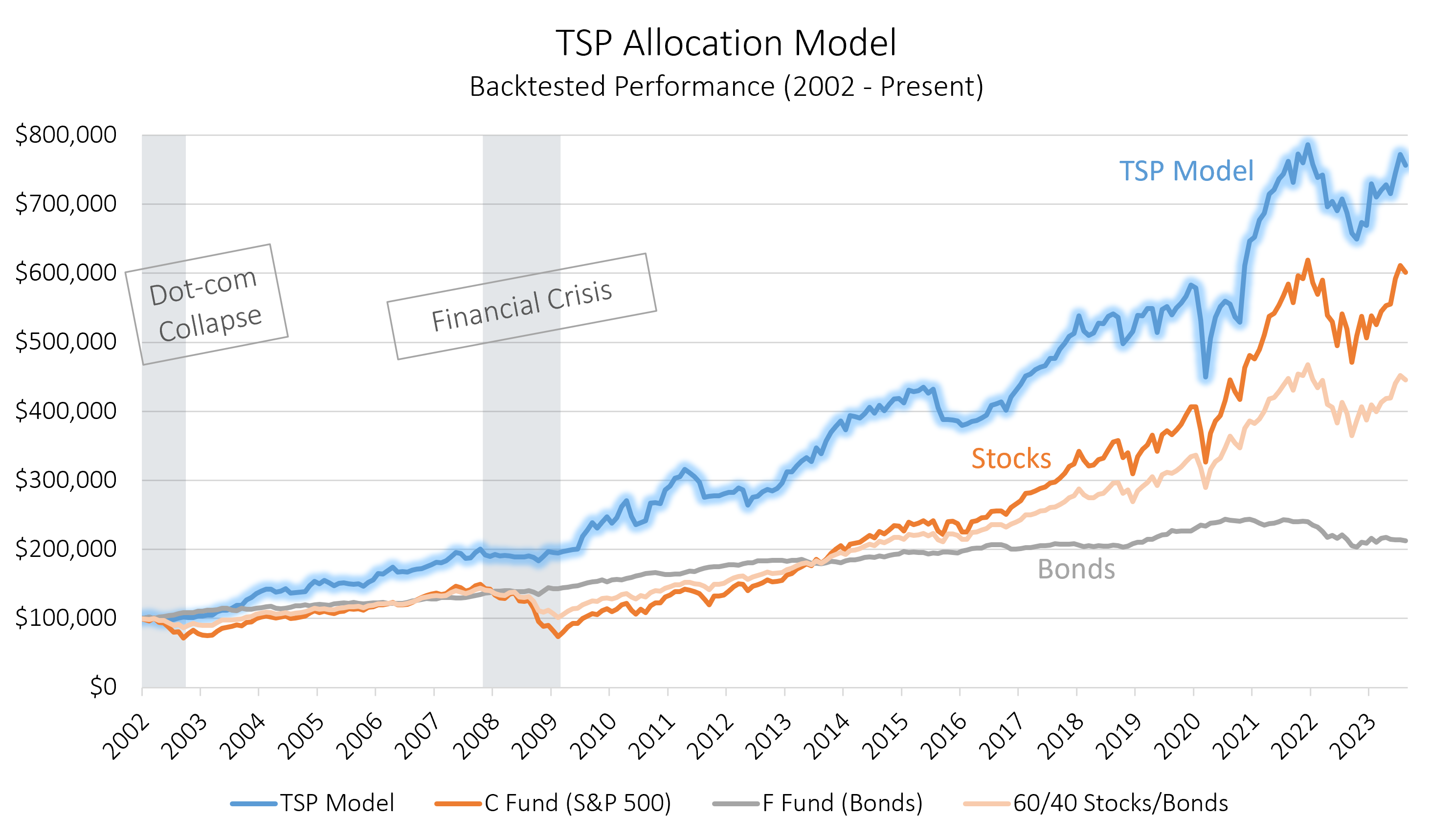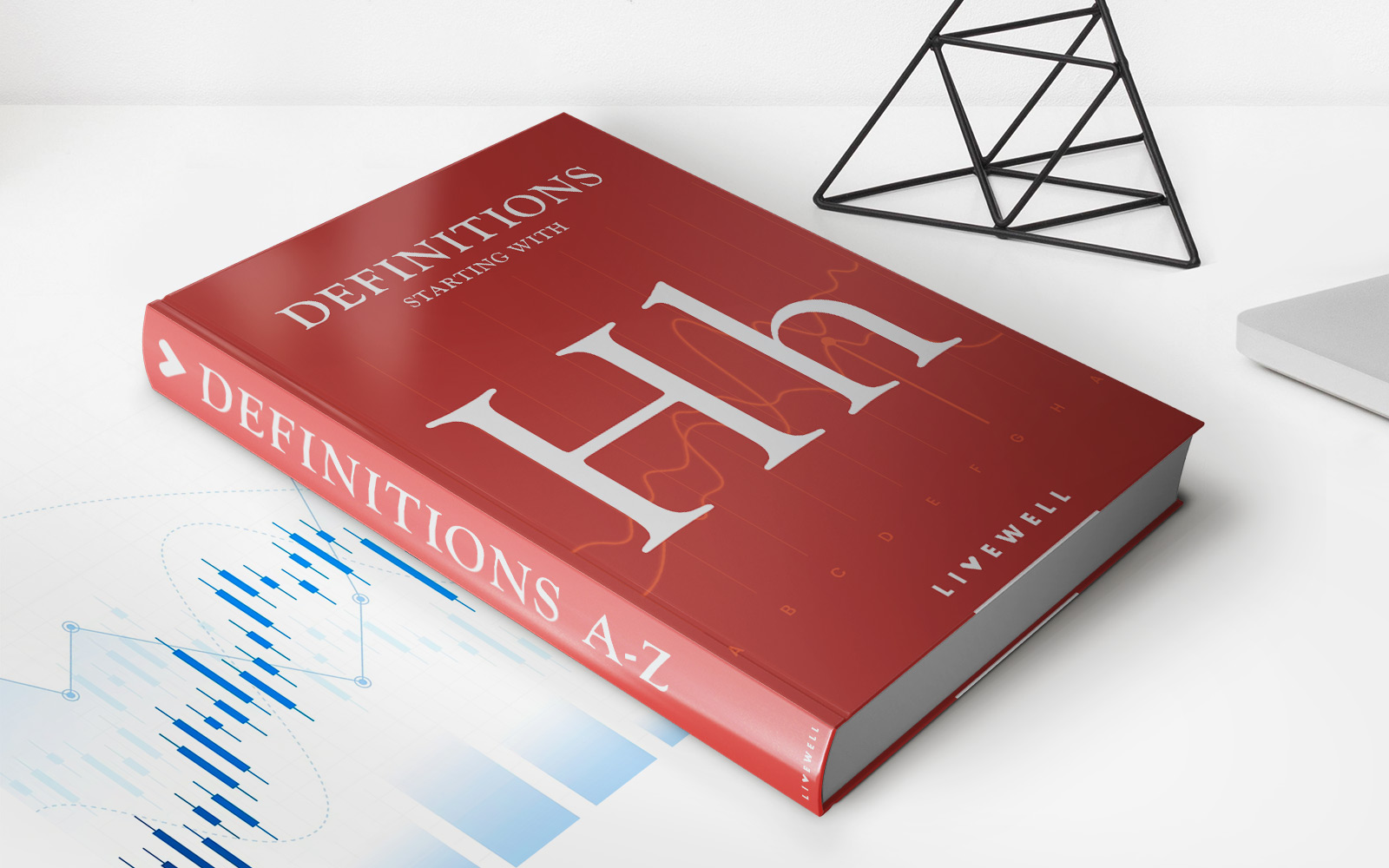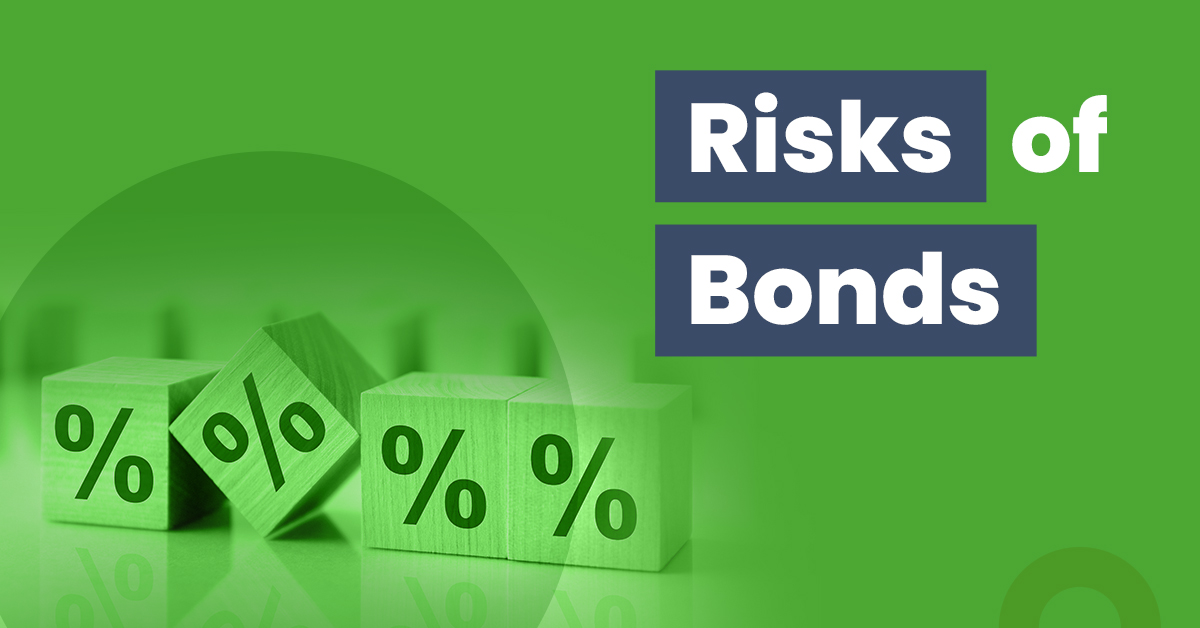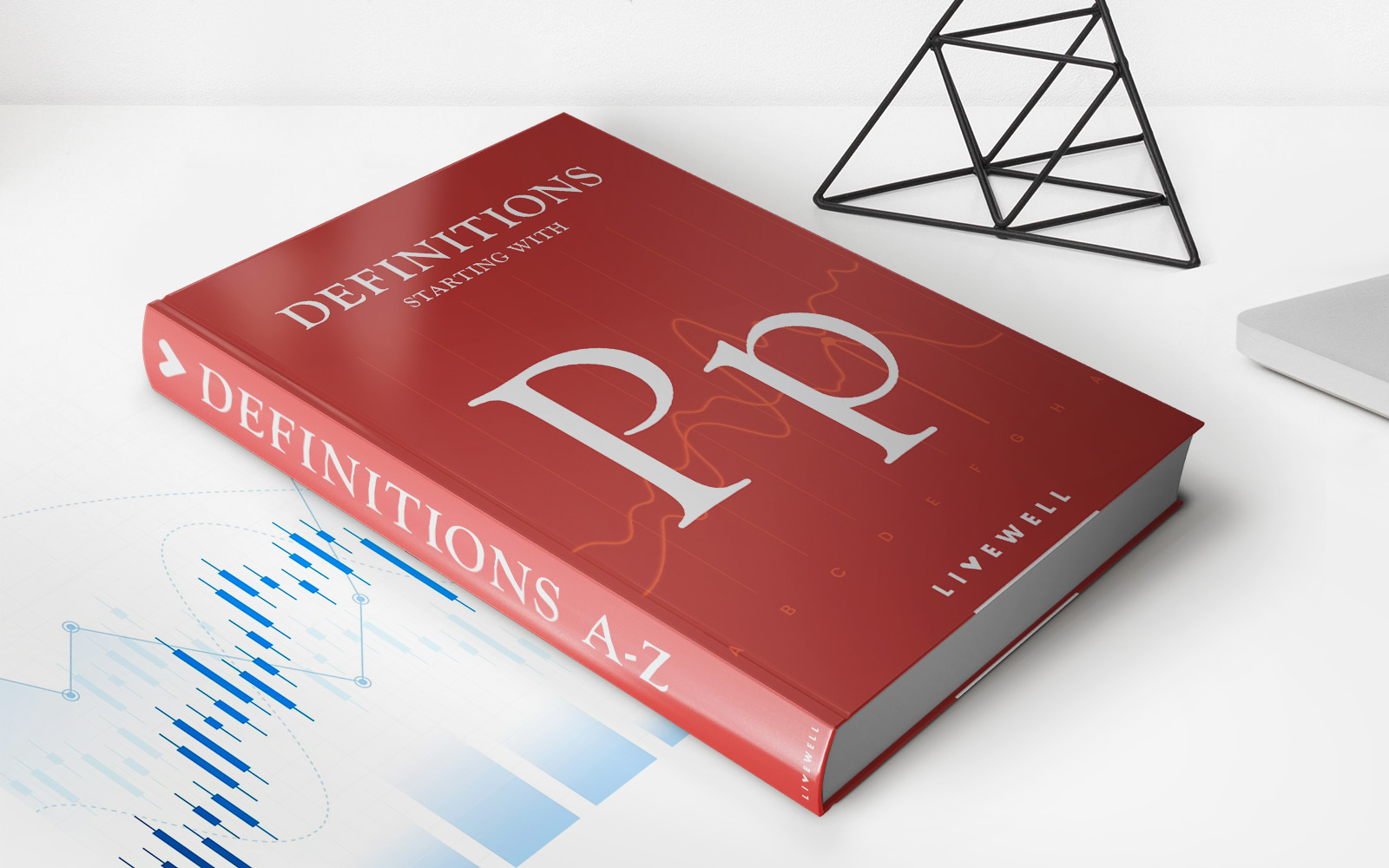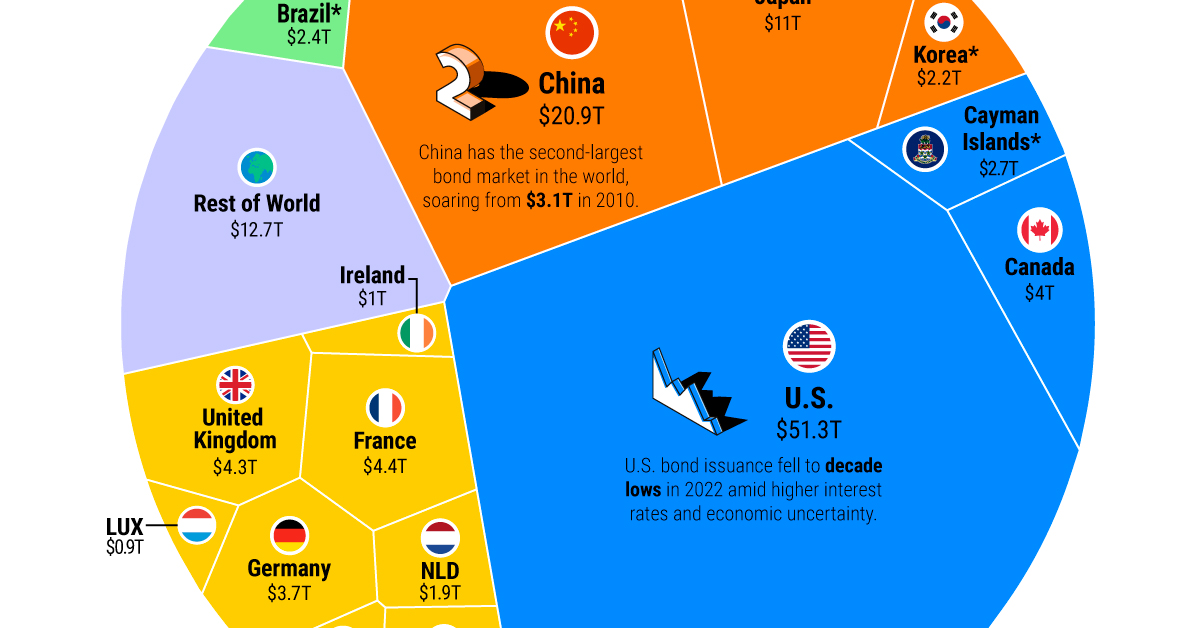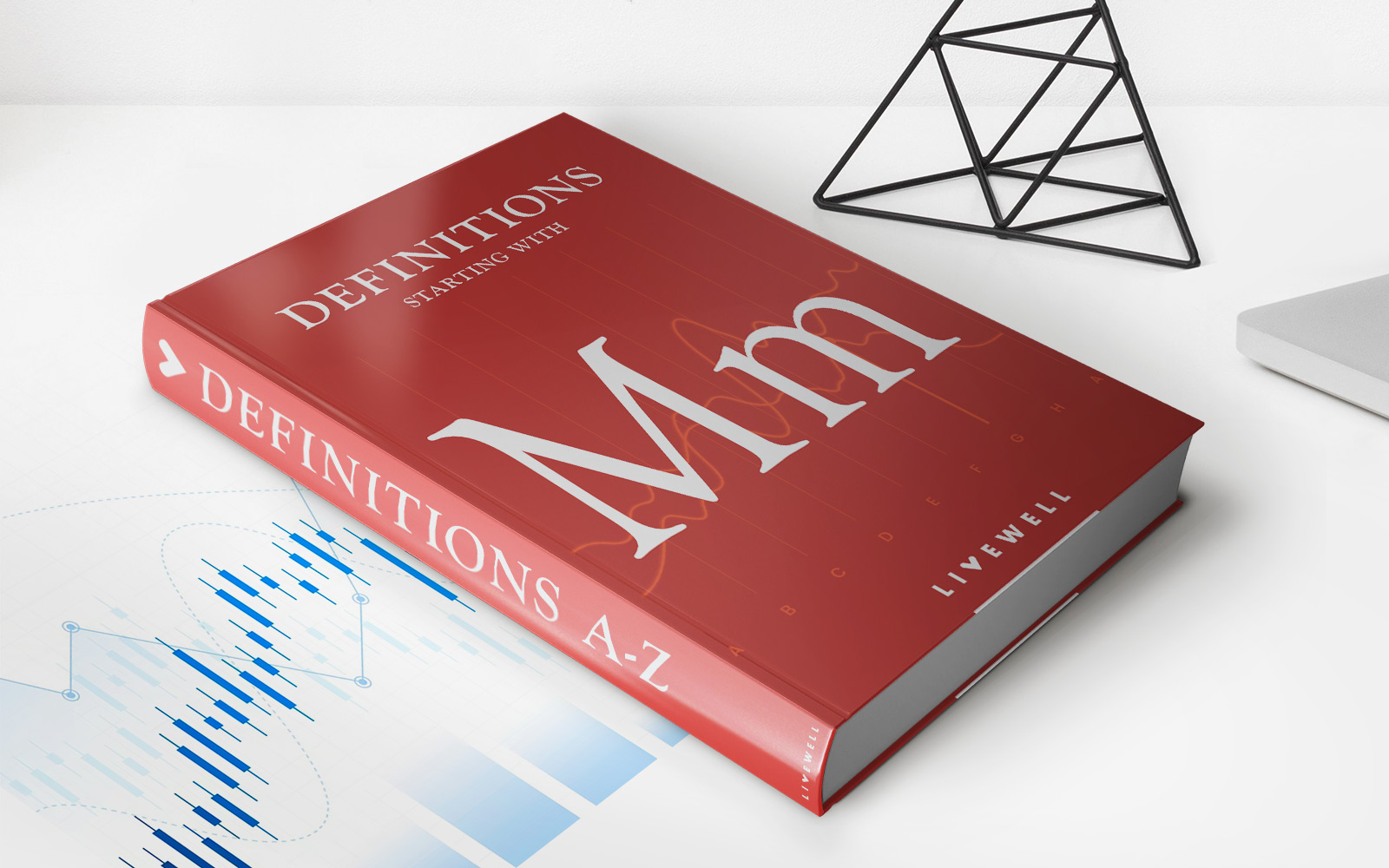

Finance
What Is The Cost Of An Investment In A Bond?
Published: October 19, 2023
Discover the cost of investing in a bond and explore the financial aspects of this essential investment. Maximize your returns with expert insights on finance and investment opportunities.
(Many of the links in this article redirect to a specific reviewed product. Your purchase of these products through affiliate links helps to generate commission for LiveWell, at no extra cost. Learn more)
Table of Contents
Introduction
Welcome to the world of bonds! When it comes to investing, bonds are a popular choice for many individuals and institutions. They offer a predictable stream of income and are considered relatively safer compared to other investment options. But before jumping into the world of bond investments, it’s crucial to understand the cost associated with them.
In this article, we will explore the cost of investing in a bond and break it down into its various components. Whether you’re a seasoned investor or new to the world of finance, understanding the cost involved in investing in bonds will empower you to make informed decisions and maximize your returns.
When we talk about the cost of investing in a bond, it’s important to differentiate between explicit costs and implicit costs. Explicit costs are the expenses that are directly associated with buying, holding, and selling a bond. On the other hand, implicit costs are the opportunity costs or the benefits foregone by choosing to invest in bonds rather than in other financial instruments.
Throughout this article, we will dive deeper into the explicit and implicit costs, discuss the factors that influence the cost of investing in bonds, and provide you with a comprehensive understanding of how to evaluate the true cost of a bond investment.
So, whether you’re considering adding bonds to your investment portfolio or simply curious about the costs involved, let’s explore the fascinating world of bond investments and unravel the mysteries behind their costs.
What Are Bonds?
Before we delve into the cost of investing in bonds, let’s take a moment to understand what bonds actually are. In simple terms, a bond is a debt instrument through which corporations, municipalities, and governments raise capital. When you invest in a bond, you are essentially lending money to the entity issuing the bond, commonly known as the issuer.
A bond consists of two key components: the principal amount, also known as the face value or par value, and the interest payments, also called coupon payments. The principal amount represents the amount the issuer promises to repay to the bondholder upon maturity, while the interest payments are the periodic payments made by the issuer to compensate the bondholder for lending their money.
Unlike stocks, where investors become partial owners of a company, bondholders are creditors who have a legal claim on the assets of the issuer. This makes bonds a lower-risk investment option, as the likelihood of receiving the promised interest payments and principal repayment is relatively higher compared to the volatility of the stock market.
Bonds come in various types, each with its own unique features and characteristics. Some common types of bonds include:
- Government Bonds: These bonds are issued by governments and are considered the safest investment option as they are backed by the full faith and credit of the government. Examples include treasury bonds, treasury notes, and savings bonds.
- Corporate Bonds: These bonds are issued by corporations to raise capital for various purposes, such as financing expansion or funding projects. Corporate bonds often offer higher yields compared to government bonds, but they also come with a higher level of risk.
- Municipal Bonds: These bonds are issued by state and local governments or their agencies to finance public projects such as infrastructure development. Municipal bonds offer tax advantages to investors depending on the jurisdiction.
- Convertible Bonds: These bonds give bondholders the option to convert their bonds into a predetermined number of common stocks of the issuer. They offer the potential for capital appreciation if the stock price of the issuer increases.
These are just a few examples of the wide variety of bonds available in the market. Each type of bond comes with its own unique risk-return profile, and it’s important to assess your risk tolerance and investment goals before deciding which type of bond to invest in.
Now that we have a basic understanding of what bonds are, let’s move on to the next section, where we will explore how bond prices are determined and the factors that influence them.
Different Types of Bonds
When it comes to investing in bonds, there is a wide range of options available to suit different investment goals and risk appetites. Let’s explore some of the most common types of bonds:
- Government Bonds: Government bonds, also known as sovereign bonds, are issued by governments to finance their budget deficits and fund various public projects. These bonds are considered the safest form of investment as they are backed by the full faith and credit of the government. Investors in government bonds receive periodic interest payments and are repaid the entire principal amount upon maturity.
- Corporate Bonds: Corporate bonds are issued by corporations to raise capital for business operations, expansion plans, or debt refinancing. These bonds typically offer higher yields compared to government bonds, reflecting the higher risk associated with investing in private companies. Corporate bonds vary in their credit quality and can range from investment-grade bonds issued by financially stable companies to high-yield bonds issued by riskier firms.
- Municipal Bonds: Municipal bonds, also known as munis, are issued by state and local governments or their agencies to fund public projects such as infrastructure, schools, and hospitals. These bonds can be either tax-exempt or taxable, depending on the issuer and the nature of the project being funded. Municipal bonds offer attractive tax advantages for investors, particularly those in higher tax brackets.
- Zero-Coupon Bonds: Zero-coupon bonds are issued at a discount to their face value and do not pay regular interest payments to investors. Instead, these bonds are sold at a significant discount and provide a lump-sum payment at maturity, reflecting the original investment plus the accrued interest. Zero-coupon bonds are often long-term investments and are popular among investors looking for a predictable future payout.
- Convertible Bonds: Convertible bonds give bondholders the option to convert their bonds into a predetermined number of common stocks of the issuing company. These bonds offer investors a potential for capital appreciation if the stock price of the company increases. Convertible bonds are often issued by companies with lower credit ratings, and they provide added flexibility for investors who are looking for a blend of fixed income and equity exposure.
- Junk Bonds: Junk bonds, also known as high-yield bonds, are issued by companies with lower credit ratings. These bonds offer higher interest rates to compensate investors for the increased risk of default. Junk bonds can be attractive for investors seeking higher yields, but they carry a higher risk of default compared to investment-grade bonds.
These are just a few examples of the different types of bonds available in the market. Each type has its own unique characteristics, risk profile, and potential for returns. It’s essential to carefully evaluate your investment objectives, risk tolerance, and market conditions before selecting the type of bond that aligns with your financial goals.
Now that we have explored the different types of bonds, let’s move on to the next section, where we will delve into how bond prices are determined and the factors that influence them.
Understanding Bond Prices
Bond prices play a crucial role in determining the value and potential returns of a bond investment. Understanding how bond prices are determined is essential for investors looking to make informed decisions. Here’s a breakdown of key concepts related to bond prices:
Face Value or Par Value: The face value, also known as the par value, is the nominal value of a bond. It represents the amount that the issuer promises to repay to the bondholder upon maturity. For example, a bond with a face value of $1,000 will be repaid at $1,000 when it matures.
Coupon Rate: The coupon rate is the fixed annual interest rate paid by the issuer to the bondholder. This rate is expressed as a percentage of the bond’s face value. For instance, a bond with a face value of $1,000 and a coupon rate of 5% will pay $50 in interest annually.
Market Price: The market price of a bond is the current price at which the bond is trading in the secondary market. The market price may be higher or lower than the bond’s face value, depending on various factors such as interest rates, credit ratings, and market demand for the bond.
Yield to Maturity (YTM): The yield to maturity is the total return anticipated by an investor if they hold the bond until it matures. It takes into account the bond’s current market price, coupon payments, and the time remaining until maturity. The YTM represents the average annual rate of return an investor can expect if they reinvest the coupon payments at the same rate.
Bond prices and yields have an inverse relationship. When interest rates rise, newly issued bonds generally offer higher coupon rates to attract investors. As a result, existing bonds with lower coupon rates become less attractive and their market prices decrease. On the other hand, when interest rates fall, newly issued bonds may have lower coupon rates. Existing bonds with higher coupon rates become more desirable, leading to increased demand and higher market prices.
Duration is another important concept related to bond prices. Duration measures the sensitivity of a bond’s price to changes in interest rates. Bonds with longer durations are generally more sensitive to interest rate changes than bonds with shorter durations.
It’s important to note that bond prices in the secondary market fluctuate based on supply and demand dynamics. Investors should carefully monitor market conditions and consider factors such as interest rate trends, credit quality, and overall economic outlook when making bond investment decisions.
Now that we have a better understanding of bond prices, let’s explore the components of the cost of investing in a bond in the next section.
Components of the Cost of an Investment in a Bond
When considering the cost of investing in a bond, it’s essential to break it down into its various components. Let’s explore the two main components that contribute to the overall cost:
Explicit Costs: Explicit costs are the direct expenses associated with buying, holding, and selling a bond. These costs can include:
- Purchase Price: The purchase price is the amount you pay to acquire a bond. It is typically the bond’s market price and may be higher or lower than the bond’s face value.
- Transaction Fees: When you buy or sell a bond, you may incur transaction fees. These fees can vary and may be charged by brokers, financial institutions, or online trading platforms.
- Interest Payments: If you hold a bond between its coupon payment dates, you will receive periodic interest payments. However, as an investor, you need to consider the opportunity cost of the interest payments that could have been earned on alternative investments during the same period.
- Redemption Fees: Some bonds may have redemption fees if you decide to sell the bond before its maturity date. These fees are typically designed to discourage early redemption and may be charged as a percentage of the bond’s face value.
Implicit Costs: Implicit costs are the opportunity costs or the benefits foregone by choosing to invest in bonds rather than in other financial instruments. These costs can include:
- Income Lost: Bonds generally offer fixed interest payments, which may be lower than the potential returns from other investments. By investing in bonds, you forgo the chance to earn potentially higher returns from riskier assets, such as stocks or real estate.
- Inflation Risk: Inflation erodes the purchasing power of money over time. By investing in bonds, you face the risk that the rate of inflation may outpace the fixed interest payments on the bond, resulting in a diminished overall return in real terms.
- Opportunity Cost: Investing in bonds ties up your funds, limiting your ability to invest in other assets or take advantage of potentially more lucrative investment opportunities that may arise in the market.
When evaluating the cost of investing in a bond, it’s crucial to consider both explicit and implicit costs. By understanding and quantifying these costs, investors can make more informed decisions and appropriately assess the potential returns of their bond investments.
In the next section, we will calculate the total cost of investing in a bond by combining the explicit and implicit costs discussed above.
Explicit Costs
Explicit costs are the direct expenses associated with buying, holding, and selling a bond. These costs contribute to the overall cost of investing in a bond and should be considered when evaluating the potential returns. Let’s explore some of the explicit costs that investors may encounter:
- Purchase Price: The purchase price of a bond is the amount that an investor pays to acquire it. This price is typically based on the bond’s market value and can be higher or lower than the bond’s face value. It is crucial to consider the purchase price as it will determine the initial investment and future potential returns.
- Transaction Fees: When buying or selling bonds, investors may incur transaction fees. These fees vary depending on the brokerage firm, financial institution, or online trading platform used. Transaction fees can be charged as a fixed amount or as a percentage of the transaction value. It’s essential to account for these fees as they affect the overall cost and potential returns of the investment.
- Interest Payments: Bonds typically pay periodic interest payments to bondholders. However, as an investor, you need to consider the opportunity cost of these interest payments. While bonds provide a predictable income stream, they may offer lower returns compared to other investment options. It’s important to assess alternative investments to determine if the interest payments of the bond justify the potential returns foregone from other investment opportunities.
- Redemption Fees: Some bonds may have redemption fees if they are sold before their maturity date. These fees are designed to discourage early redemption and can detract from the overall returns. Redemption fees are usually a percentage of the bond’s face value and should be taken into account when assessing the cost of selling a bond before maturity.
When evaluating the explicit costs of investing in a bond, it’s key to consider the purchase price, transaction fees, interest payments, and redemption fees. These costs directly impact the investor’s initial investment and potential returns. By accurately assessing and factoring in these explicit costs, investors can make more informed decisions about their bond investments and fully understand the total cost involved.
In the next section, we will explore the implicit costs associated with investing in bonds and how they contribute to the overall cost of the investment.
Implicit Costs
In addition to the explicit costs discussed previously, investing in bonds also incurs implicit costs. These costs are not directly measurable in monetary terms but represent the opportunity costs or benefits forgone by choosing to invest in bonds rather than in other financial instruments. Let’s explore some of the common implicit costs associated with bond investments:
- Income Lost: Bonds typically offer fixed interest payments to investors. While this provides a steady income stream, it may be lower than the potential returns that can be earned from other investments. By investing in bonds, investors forgo the possibility of higher returns that could be generated from riskier assets such as stocks, real estate, or alternative investments.
- Inflation Risk: One key implicit cost of investing in bonds is the risk of inflation eroding the purchasing power of future cash flows. Fixed interest payments provided by bonds may not keep pace with inflation, resulting in a diminished overall return in real terms. Investors need to consider the potential impact of inflation on bond returns over the investment horizon.
- Opportunity Cost: By investing in bonds, investors tie up their funds, limiting their ability to allocate capital to other investment opportunities that may arise in the market. This opportunity cost is the potential benefit or return that could have been gained from an alternative investment. Investors must weigh the potential returns of bonds against other investment options to assess the opportunity cost of allocating capital to bond investments.
Implicit costs are subjective and vary for each investor based on their individual circumstances, risk tolerance, and investment objectives. While bonds offer stability and income generation, it’s crucial to consider the potential returns that could be achieved by investing in alternative assets or adopting different investment strategies.
When evaluating the costs of investing in bonds, it’s essential to take into account both explicit and implicit costs. By considering these costs comprehensively, investors can make more informed decisions about their investments and assess the overall impact on their portfolio returns.
In the next section, we will calculate the total cost of investing in a bond by combining the explicit and implicit costs discussed above.
Total Cost of Investing in a Bond
When investing in a bond, it’s important to evaluate the total cost of the investment. The total cost includes both the explicit and implicit costs we discussed earlier. By considering these costs comprehensively, investors can have a more accurate understanding of the overall expenses and potential returns associated with their bond investments.
To calculate the total cost of investing in a bond, we need to sum up the explicit costs and factor in the implicit costs. Let’s break down the calculation:
- Explicit Costs: Add up all the explicit costs associated with the bond investment, including the purchase price, transaction fees, interest payments, and redemption fees.
- Implicit Costs: Assess the implicit costs that arise from the investment. Consider the income lost from potential higher returns in other investment opportunities, the inflation risk that erodes the purchasing power of bond returns, and the opportunity cost of allocating capital to bonds rather than other assets.
By summing up the explicit and implicit costs, we arrive at the total cost of investing in a bond. It’s important to note that while explicit costs can be easily quantifiable in monetary terms, implicit costs are subjective and depend on individual investor preferences and market conditions.
Once you have the total cost of investing in a bond, you can compare it to the potential returns offered by the bond to assess its attractiveness. Evaluating the cost in relation to the expected returns helps you make informed investment decisions and determine if the potential benefits outweigh the expenses involved.
Keep in mind that the total cost of investing in a bond is just one factor to consider. It should be evaluated alongside other fundamental aspects such as credit quality, duration, yield to maturity, and the overall risk-return profile of the bond.
Understanding the total cost of investing in a bond empowers investors to make informed decisions and effectively manage their investment portfolios. By taking into account both explicit and implicit costs, investors can gain a comprehensive perspective and optimize their investment strategies.
In the next section, we will explore the factors that can influence the cost of investing in a bond.
Factors Influencing the Cost
The cost of investing in a bond can be influenced by various factors that impact both the explicit and implicit costs. These factors play a significant role in determining the overall expenses and potential returns associated with bond investments. Let’s explore some of the key factors that can influence the cost:
- Interest Rates: Interest rates have a significant impact on bond prices and yields. When interest rates rise, newly issued bonds tend to offer higher coupon rates, making existing bonds with lower interest rates less attractive. As a result, the market prices of existing bonds decrease. Conversely, when interest rates fall, existing bonds with higher coupon rates become more desirable, leading to increased demand and higher market prices.
- Credit Ratings: The creditworthiness of the bond issuer, as indicated by its credit rating, affects the cost of investing in a bond. Bonds issued by entities with higher credit ratings are generally perceived to have lower default risk and, therefore, lower yields. On the other hand, bonds issued by entities with lower credit ratings (commonly referred to as junk bonds) tend to offer higher yields to compensate investors for the increased risk.
- Maturity: The time remaining until a bond’s maturity also impacts its cost. Generally, bonds with longer maturities are more sensitive to interest rate changes and carry higher levels of risk. As a result, these bonds often offer higher yields compared to bonds with shorter maturities. Investors need to carefully consider the trade-off between maturity and potential returns when assessing the cost of bond investments.
- Market Conditions: Market dynamics, supply and demand factors, and overall economic conditions can influence the cost of investing in bonds. During periods of economic uncertainty or market volatility, investors may seek safer investments such as bonds, driving up demand and potentially increasing prices. Conversely, when market conditions are favorable, and investors are willing to take on more risk, bond prices may decrease, resulting in higher yields.
These are just a few examples of the factors that can influence the cost of investing in a bond. It’s crucial for investors to carefully monitor and analyze these factors to make informed investment decisions. By staying informed about market conditions, interest rate trends, credit ratings, and other relevant factors, investors can better assess the cost of bond investments and align their strategies accordingly.
It’s important to note that these factors may vary over time and can have different impacts on different types of bonds. As a result, conducting thorough research, seeking professional advice, and regularly reviewing your investment portfolio are essential in navigating the complexities of bond investments.
In the next section, we will conclude our exploration of the cost of investing in bonds.
Conclusion
Investing in bonds offers individuals and institutions the opportunity to earn a predictable income and diversify their investment portfolios. However, it’s important to understand the cost associated with investing in bonds to make informed decisions and maximize potential returns.
In this article, we explored the components that contribute to the cost of investing in a bond. We discussed both explicit costs, such as purchase price, transaction fees, interest payments, and redemption fees, as well as implicit costs, including income lost, inflation risk, and opportunity cost. By considering these costs comprehensively, investors can have a more accurate understanding of the overall expenses involved.
Furthermore, we discussed the different types of bonds available, including government bonds, corporate bonds, municipal bonds, convertible bonds, and junk bonds. Each type of bond carries its own risk profile and potential returns, which should be carefully assessed based on individual investor preferences and investment goals.
We then explored how bond prices are determined, taking into account factors such as interest rates, credit ratings, and market conditions. Understanding bond prices is crucial in evaluating the potential returns and risks associated with bond investments.
Lastly, we discussed the factors that influence the cost of investing in bonds, including interest rates, credit ratings, maturity, and market conditions. These factors have a significant impact on the overall cost and potential returns of bond investments. It’s important for investors to stay informed about these factors and regularly review their investment strategies.
In conclusion, understanding the cost of investing in bonds enables investors to make informed decisions and evaluate the attractiveness of bond investments. By considering both explicit and implicit costs, as well as the various influences on bond prices, investors can navigate the bond market with greater confidence and strive to achieve their financial objectives.
Remember, investing in bonds should be part of a well-diversified portfolio, and seeking professional financial advice is always recommended to tailor investment strategies to individual circumstances and goals.
